14 November 1762
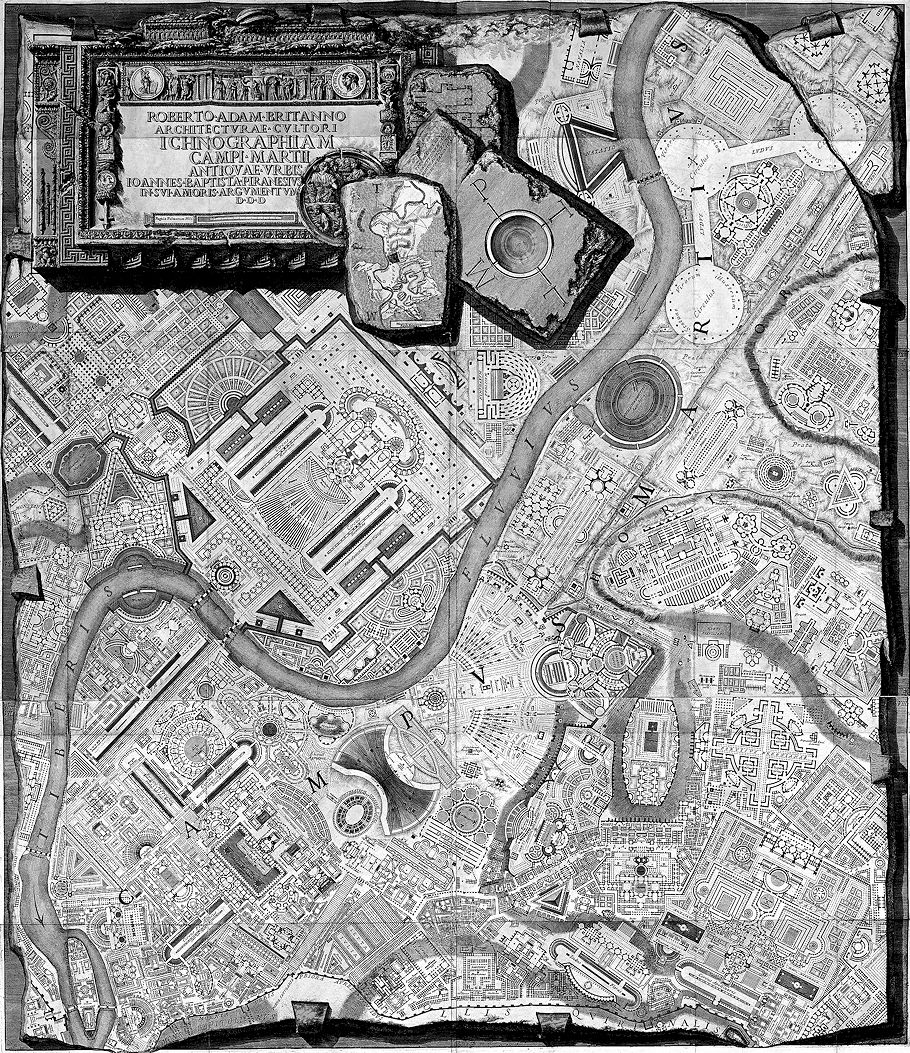
14 November 1778 Saturday
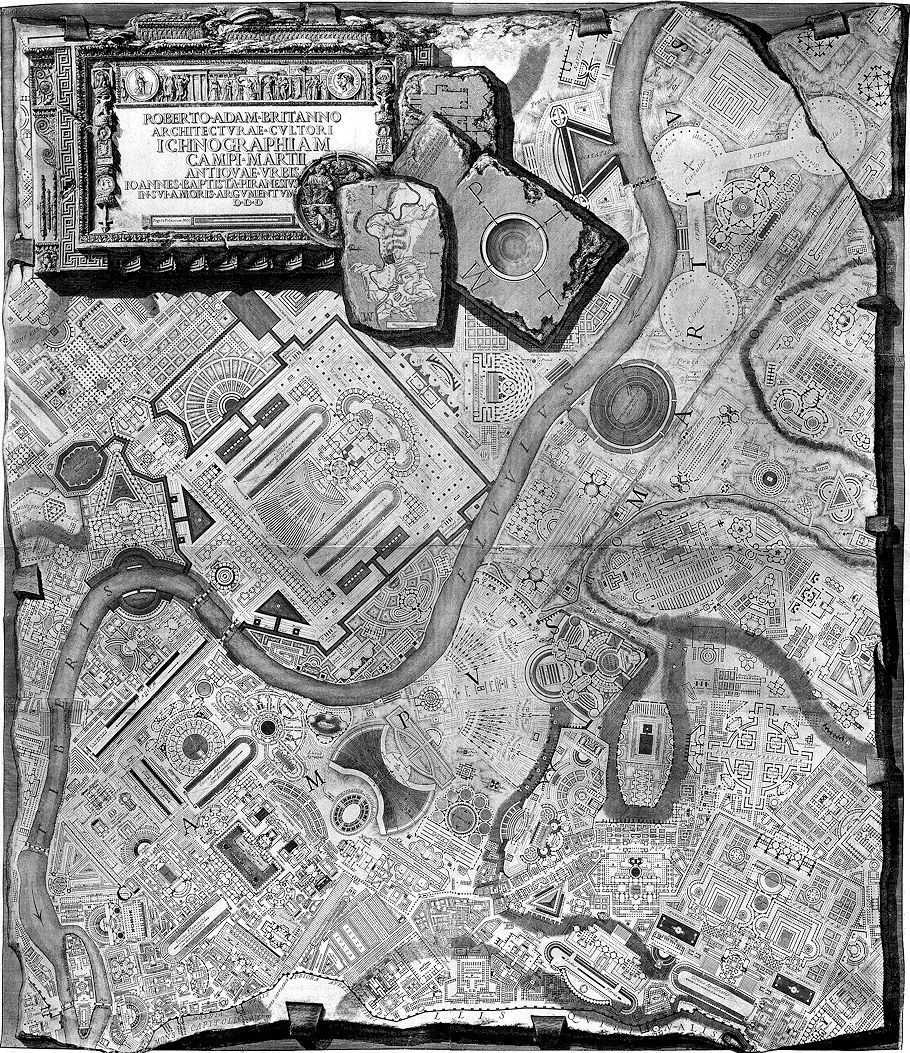
Francesco was already getting a real sense of the envy and acrimony that his father often said others held toward him.
"He believed his family was poisoning him, insisting in the days before his death that one of his workshop assistants bring him his food to prevent his family's access to his plate."
From a letter written by Giovanni Antonio Selva sent to Tommaso Temanza 14 November 1778.
Selva was 27 years old when he wrote the letter.
SELVA, Giovanni Antonio
(b. 1751, Venezia, d. 1819, Venezia)
Italian architect, garden designer, teacher and writer. After studying mathematics, he became the pupil of the architect Tommaso Temanza. From [April] 1778 to 1781, he undertook a study trip to Italy, France, England, Belgium and the Netherlands. In Italy, he remained in Rome for over a year, forming a lasting friendship with Antonio Canova and Giacomo Quarenghi. He also visited Pompeii, Paestum and Caserta. In England, he was one of the first Italians to visit such famous landscape gardens as Stowe, The Leasowes and Blenheim; he admired the work of Inigo Jones while remaining unimpressed by contemporary English architecture. In France, however, he expressed admiration for some buildings and the gardens of André Le Nôtre.
Numerous families from Venice and the mainland commissioned him either to restructure or create their townhouses and villas. In these designs, he excelled in combining comfort with elegance. Among these schemes were the Palazzo Erizzo (1783-84), the Palazzo Manin (1794) and the Palazzo Mangilli (1794), all in Venice; the Villa Manfrin (c. 1790) at Sant'Artemio, near Treviso; the Palazzo Pisani de Lazzara (1783) and the Palazzo Dotti Vigodarzere (1796) in Padua.
Selva rose to fame, however, principally through his design for the Teatro La Fenice, Venice. The theatre was virtually destroyed by a fire in 1836.
Selva also built numerous churches, including the superb Neo-classical San Maurizio (1806; with Antonio Diedo) and the SS Nome di Gesù (completed 1834), both in Venice, and the cathedral in the small town of Cologna Veneta, which he rebuilt (1807-10) in a Neo-classical style. For Napoleon, he built a triumphal arch on the Grand Canal, and he also obtained prestigious commissions for the construction of the public gardens at Castello and the Giudecca and the cemetery of San Michele. The gardens were only partially completed to Selva's design, however, and have since been altered for use as the venue of the Venice Biennale exhibition.
As a lecturer at the Accademia di Belle Arti, Selva was responsible for choosing the academy's headquarters in the former convent of Charity. He also supervised the adaptation of this Palladian complex to its modern role as the home of the Galleria dell'Accademia.
14 November 1812 Saturday
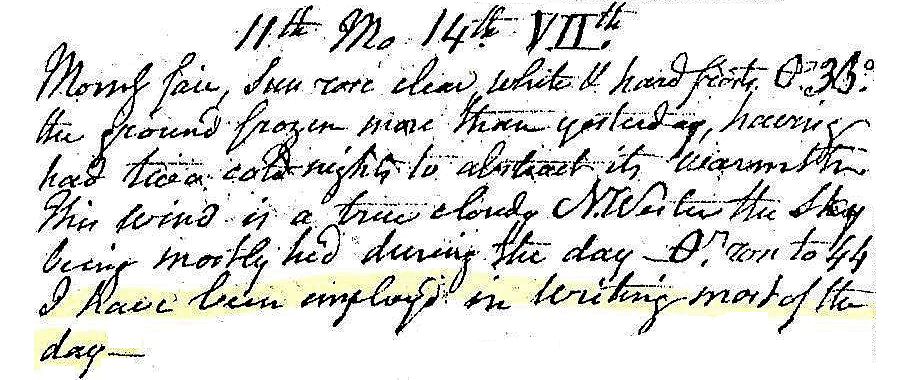
Morning fair, sur rose clear white and hard frost. ... The ground frozen more than yesterday having had two cold nights to abstract its warmth. This wind is a true cloudy NWester, the sky being mostly hid most of the day. I have been employed in writing most of the day.
14 November 1840
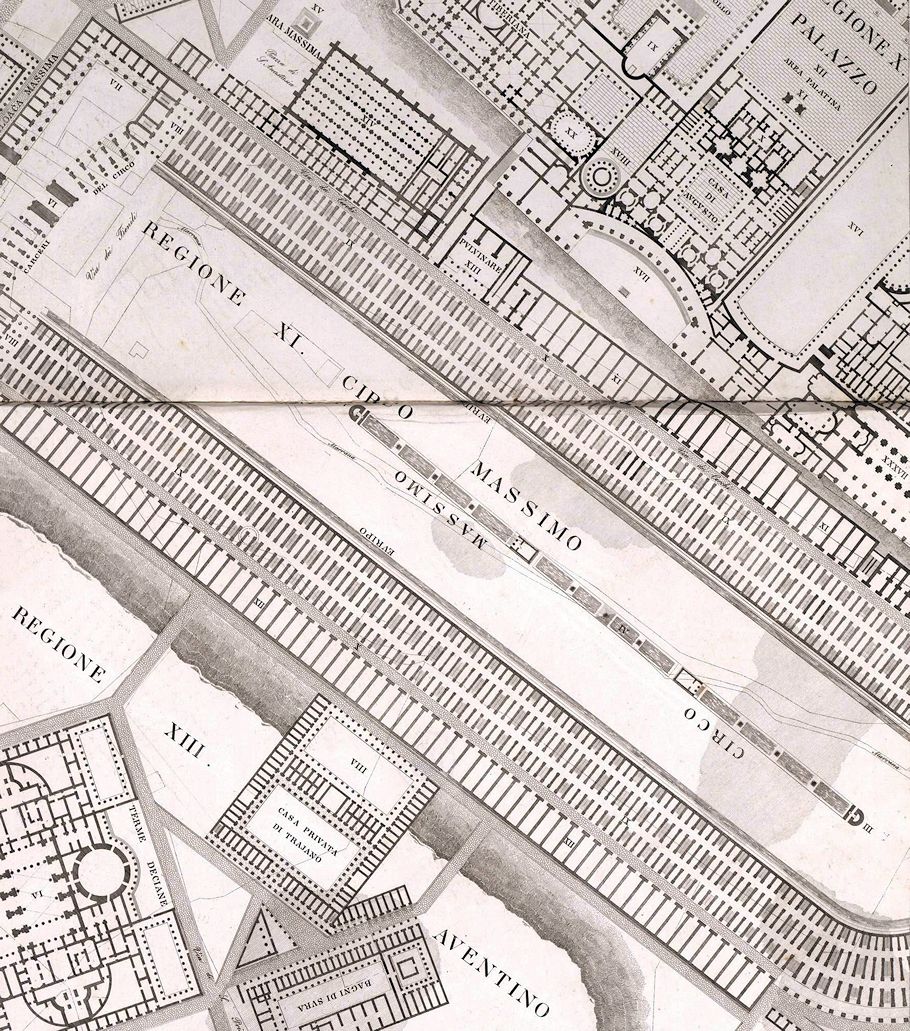
Circus Maximus and the Palace of the Caesars plan reconstruction.
Detail of Luigi Canina, Pianta topografica della parte media di Roma antica dimostrata colla disposizione di tutti quegli edifizj antichi di cui rimangono reliquie e delineata sulla proporzione di uno a mille dall'architetto, 1840.
14 November 2018
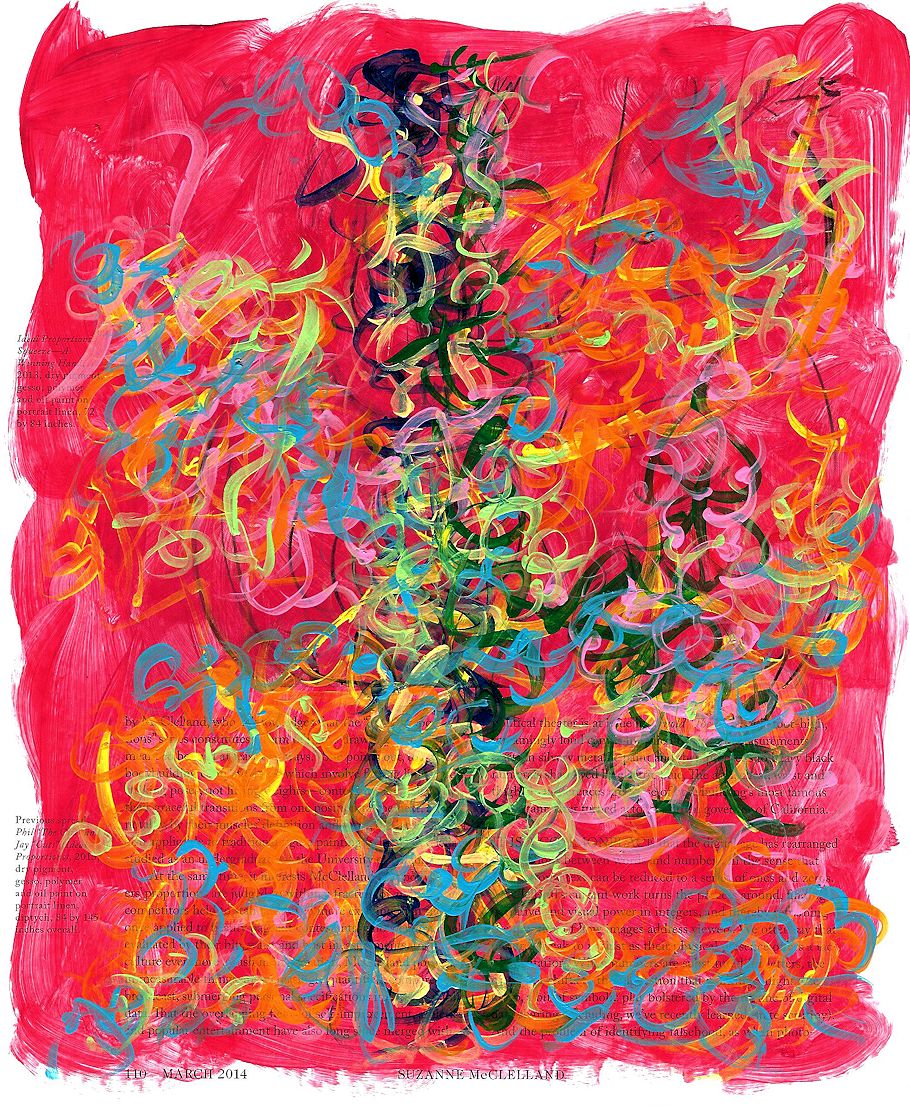
page painting 038
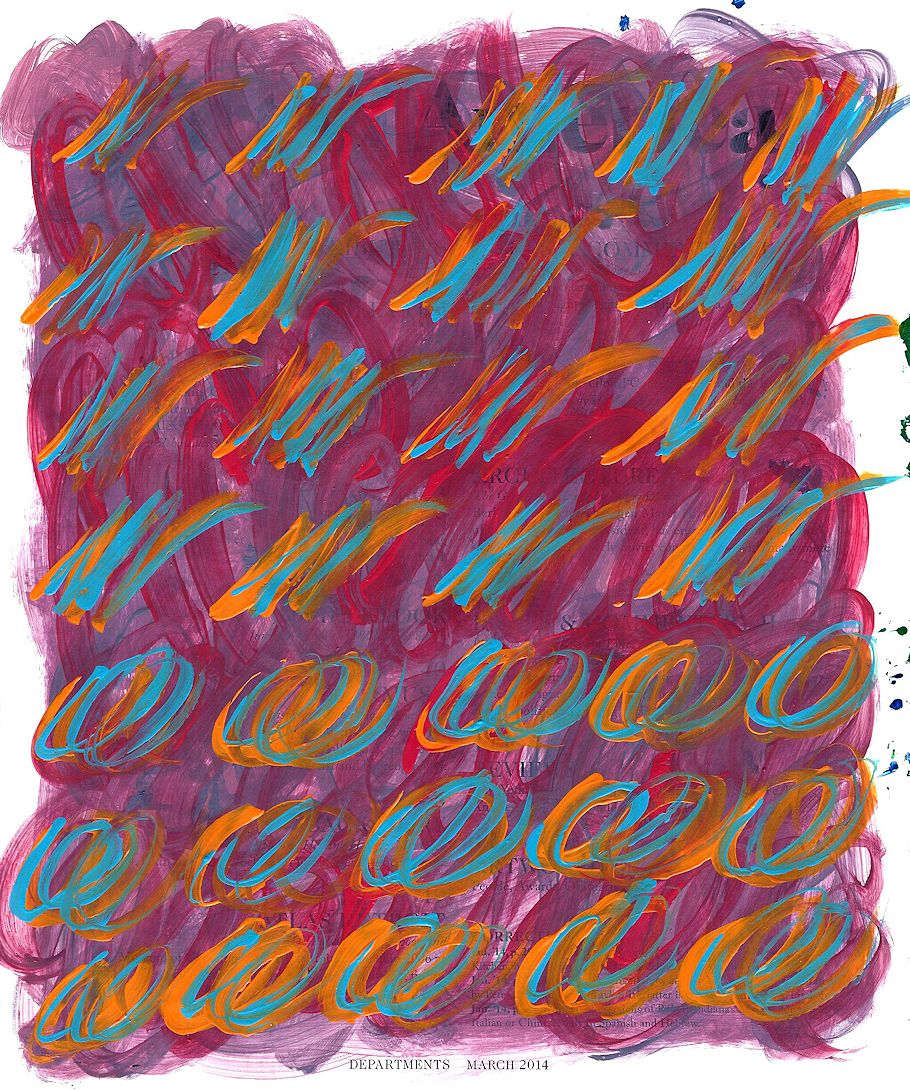
page painting 041
14 November 2022 Monday
. . . . . .
|